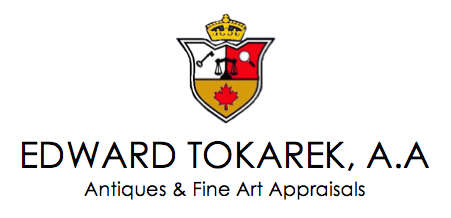Among Japanese metalwork techniques, few are as painstakingly time-consuming and demanding of constant, sharp focus as Nunome-Zogan - a gold and silver inlaying process developed and popularized by the famous Komai Otojiro and his family in 1853. The technique starts with a very fine cross etching of the base metal (often a black, mixed metal) , and then continues with the inlaying of thin gold or silver thread to create very intricately detailed scenes. Also known as Japanese Damascene, Nunome Zogan has been applied to a wide range of objects, from combs and buttons to cabinets and shrines. This jewelry box depicted here is inlaid with 22k gold, which is an ideal metal for this method as it is very pliable and soft. There are also some silver accents added to the mountaintop. The mark seems to indicate that it was made by the Ashihara school of Komai in the late Meiji or early Taisho period. A piece such as this would have taken hundreds of hours to complete every detail of its spectacular, miniature landscape.







